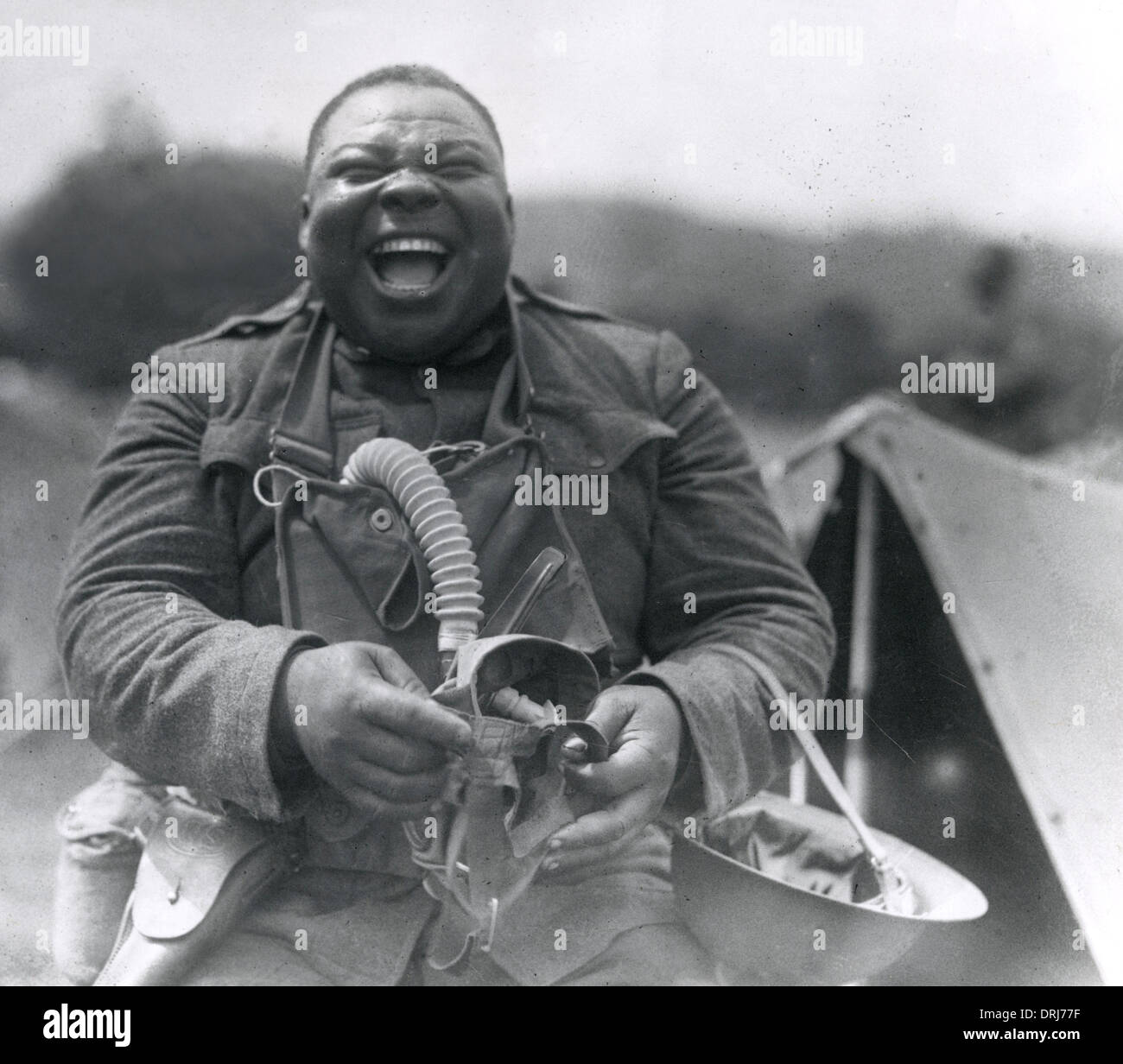

Phosgene was much more effective and more deadly than chlorine, though one drawback was that the symptoms could sometimes take up to 48 hours to be manifest. Phosgene is highly toxic, due to its ability to react with proteins in the alveoli of the lungs, disrupting the blood-air barrier, leading to suffocation.Īllied soldiers pose for a picture while wearing their gas masks. Phosgene is a colorless gas, with an odor likened to that of ‘musty hay’, but for the odor to be detectable, the concentration had to be at 0.4 parts per million, or several times the level at which harmful effects occur. Phosgene (carbonyl dichloride) was Haber’s next choice, probably used first at Ypres by the Germans in December 1915. The wind shifted, carrying the gas back onto their own men. Additionally, releasing the gas in a cloud posed problems, as the British learnt to their detriment when they attempted to use chlorine at Loos. Its color and odor made it easy to spot, and since chlorine is water-soluble even soldiers without gas masks could minimize its effect by placing water-soaked - even urine-soaked - rags over their mouths and noses. Ironically, the Germans weren’t prepared for how effective it would be and were unable to exploit their advantage, gaining little ground.Ĭhlorine’s usefulness was short-lived. It is estimated over 1,100 were killed in its first use at Ypres.

Chlorine was deadly against unprotected soldiers. At lower concentrations, if it does not reach the lungs, per se, it can cause coughing, vomiting, and eye irritation. It can react with water in the lungs to form hydrochloric acid, which is destructive of tissue and can quickly lead to death, or, at least, permanent lung tissue damage and disability. Chlorine is a diatomic gas, about two and a half times denser than air, pale green in color and with an odor which was described as a ‘mix of pineapple and pepper’. The German gas warfare program was headed by Fritz Haber (1868 – 1934) whose first try for a weapon was chlorine, which he debuted at Ypres in April 1915. Thus, tear gas was never very effective as a weapon against groups of enemy soldiers. Symptoms usually resolve by 30 minutes after contact. If inhaled they also make breathing difficult. Large doses can cause temporary blindness. As lachrymatory agents, they irritate the eyes and cause uncontrolled tearing. The agent used was either xylyl bromide, which is described as smelling ‘pleasant and aromatic’, or ethyl bromoacetate, described as ‘fruity and pungent.’ Both are colorless liquids and have to be atomized to be dispersed as weapons. Several chemicals were weaponized in WWI and France actually was the first to use gas - they deployed tear gas in August 1914. Masked soldiers charge through a cloud of gas. Production of some of these dangerous chemicals continues to this day as they have peaceful uses – for example, phosgene (carbonyl dichloride) is an industrial reagent, a precursor of pharmaceuticals and other important organic compounds. It has occasionally been used since then but never in WWI quantities. Thus, chemical warfare with gases was subsequently absolutely prohibited by the Geneva Protocol of 1925. Although chemical warfare caused less than 1% of the total deaths in this war, the ‘psy-war’ or fear factor was formidable. One of the enduring hallmarks of WWI was the large-scale use of chemical weapons, commonly called, simply, ‘gas’. While the efficiency of maiming and killing steadily advanced from the 17th to the 20th centuries it accelerated by an order of magnitude in WWI with the use of inhaled poison gasses. Ultimately, in WWII it was demonstrated that a single atomic weapon could kill more than one hundred thousand of the enemy with a single use of a single weapon. Gun powder in the 16th and 17th centuries meant that - finally, sadly - one could eliminate many of his enemies with one agent of offensive effort, an artillery round. Army Veteran, and WW-I Feature WriterĮvery war brings to the fore a new way of maiming and killing soldiers.


 0 kommentar(er)
0 kommentar(er)
